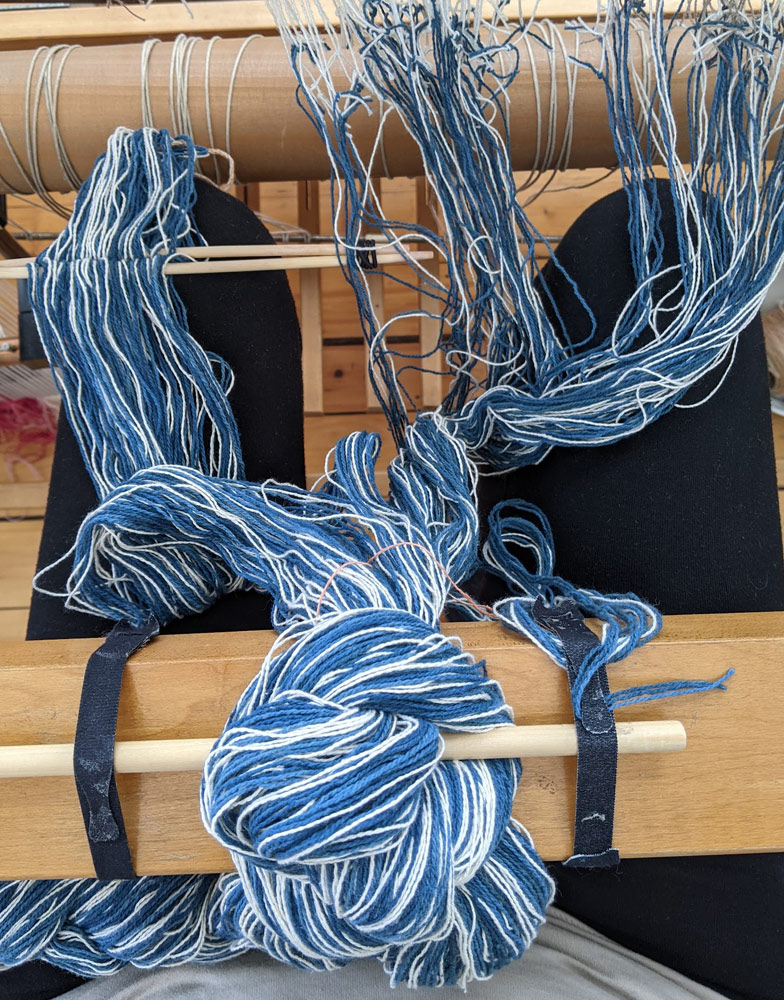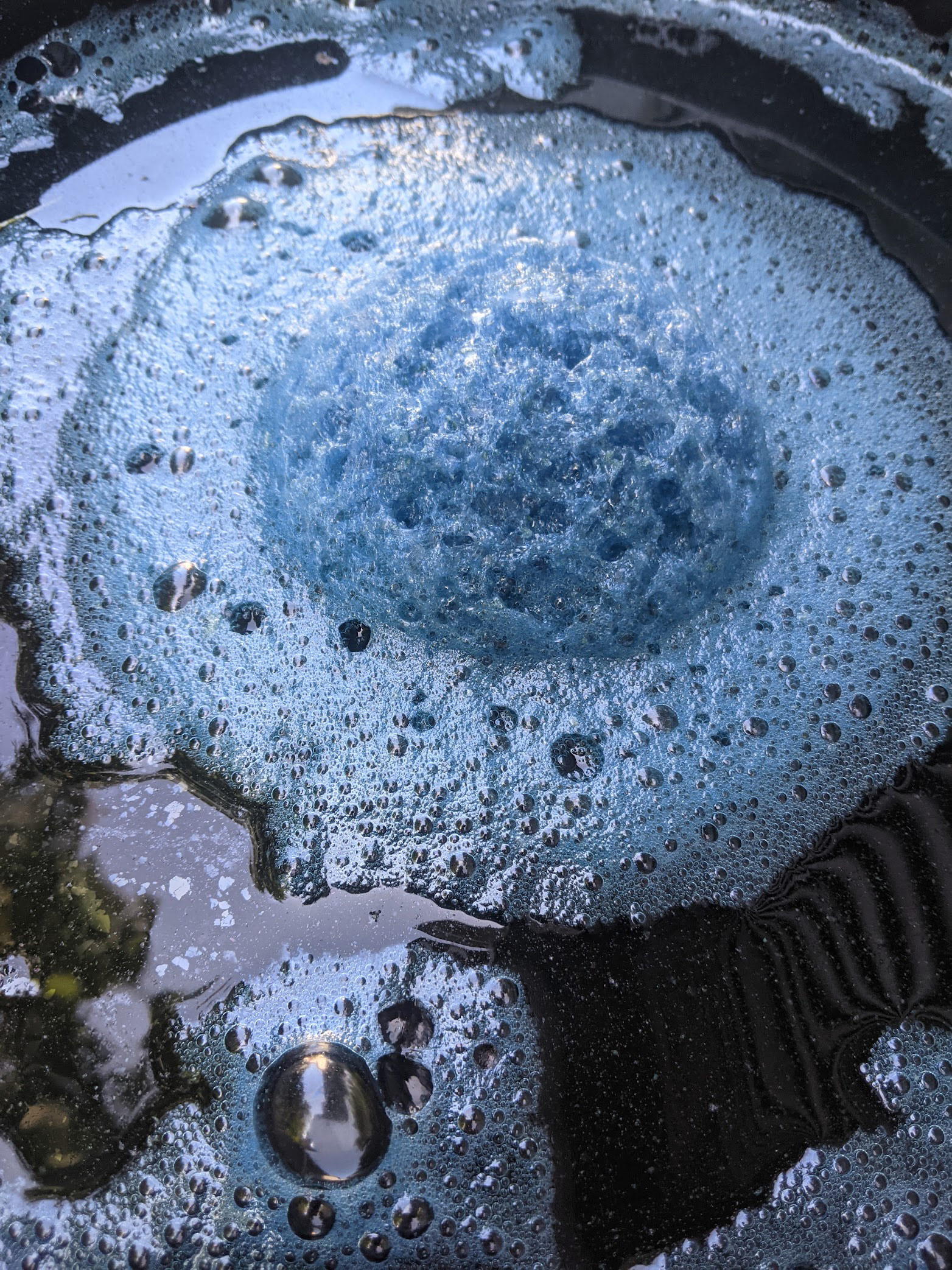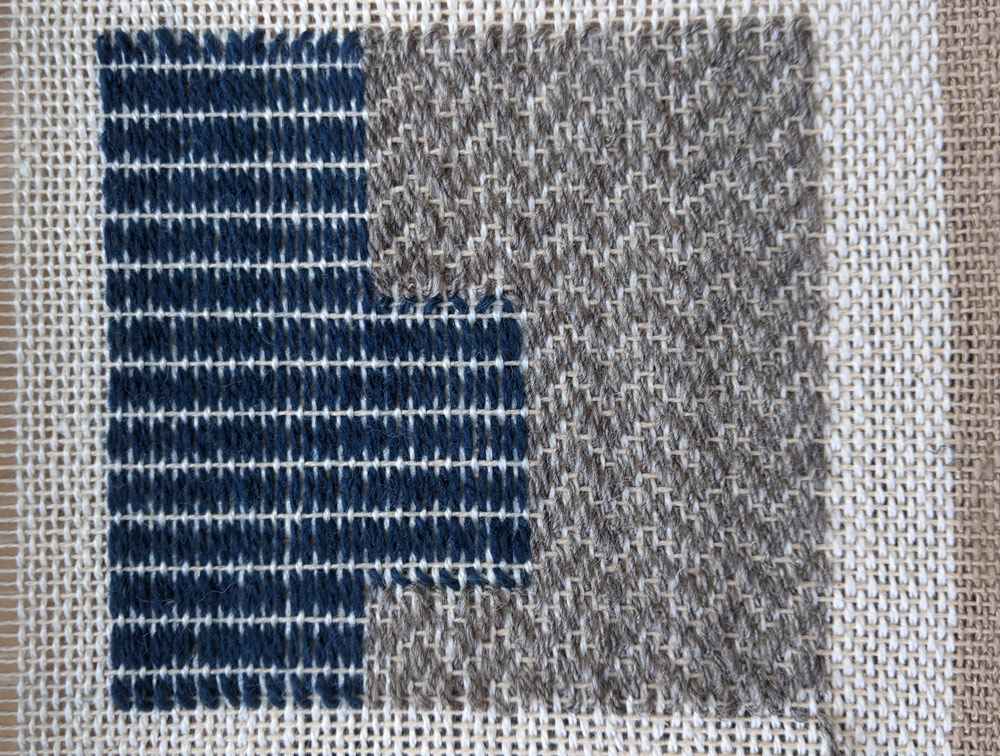Pamela will be our artist in residence in 2025. She has background of ceramics, bespoke weavings and studies post-petroleum options for locally sourced dyes and pigments. She has experience in flax spinning and growing flax at a local community garden. Pamela’s flax art explores the visual juxtaposition of the fiber, plant and spun yarn, in addition to exploration of flax vessels.
Pamela will be incorporating natural dye practices, with a special focus on indigo, into the work we are doing with flax and linen.

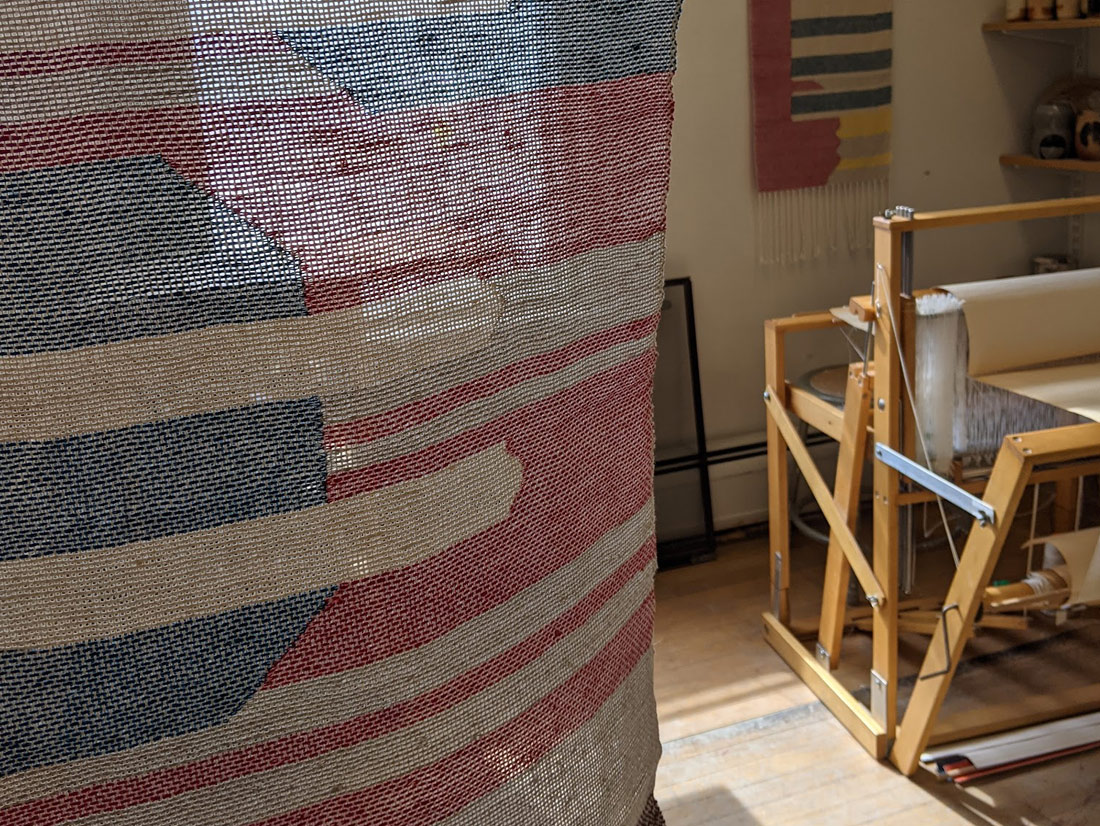
“For me, flax is a plant that’s artistically compelling because there are so many effective doors into an investigation of the material.”
– Pamela Wilson
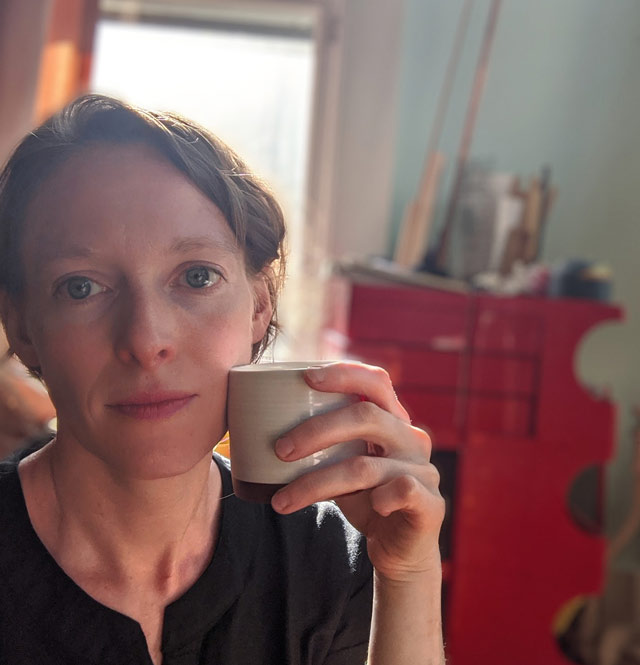
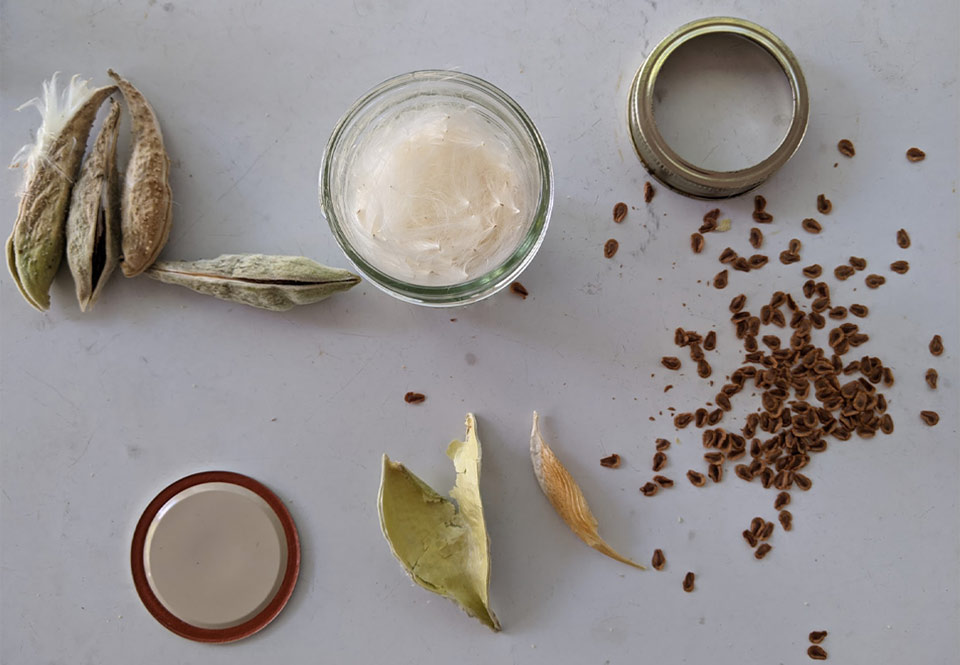
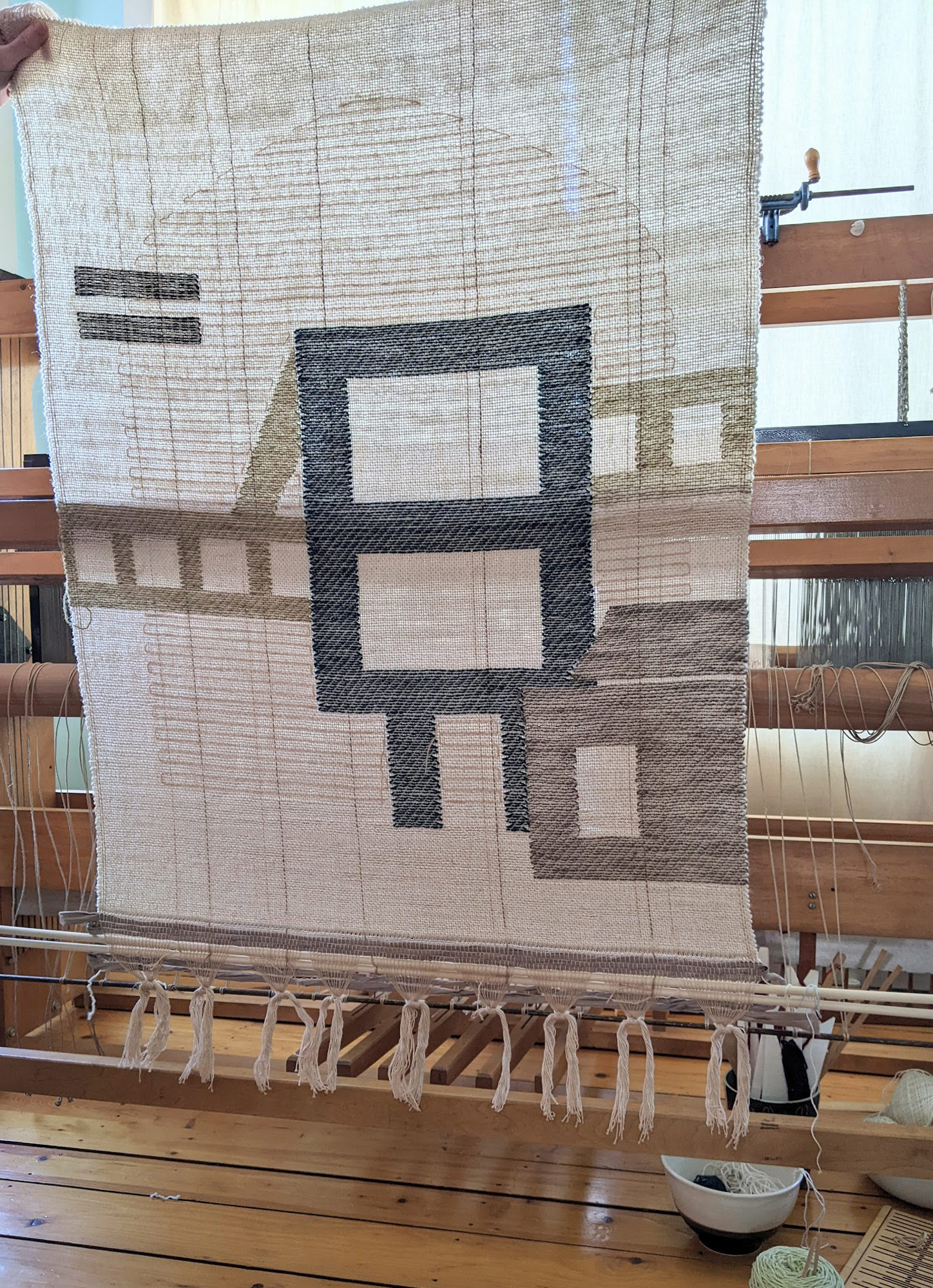
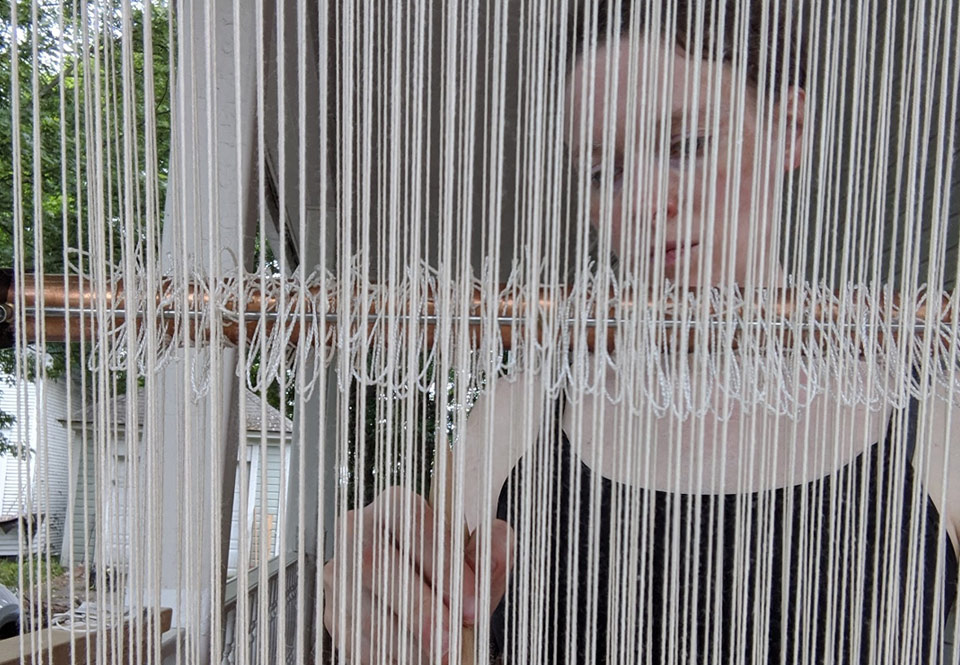
“For me, flax is a plant that’s artistically compelling because there are so many effective doors into an investigation of the material. You can come to the plant from an ecological or climate-protective perspective. You can enter through a space of historic or cultural preservation or fascination with global textile traditions. You can come to the plant loving to weave or loving fashion and the making of apparel. You can work it in 2D or 3D, find applications in the building trades or within object-making. There’s a reason this plant has been a part of human life for thousands of years and co-evolved as our applications for it developed.”
“As an artist, I’m primarily an object maker. When I get to know a material, I’m most interested in applying a materials-science lens and understanding how it came to be, what it’s historically been used for and how we can apply those best practices to meet a contemporary need. I ground my practice in explorations of raw materials. I grew up in a family and community of makers that was influenced by the back-to-the-land and living history/craft revival movements. By training, I am a potter, but I grew up in a rural community where handcraft was infused throughout our community life and there were craft tools and equipment in nearly every friend’s childhood home. This cultural context of making is really important to me, as is teaching and increasing access to textile practices and equipment.” – Pamela Wilson
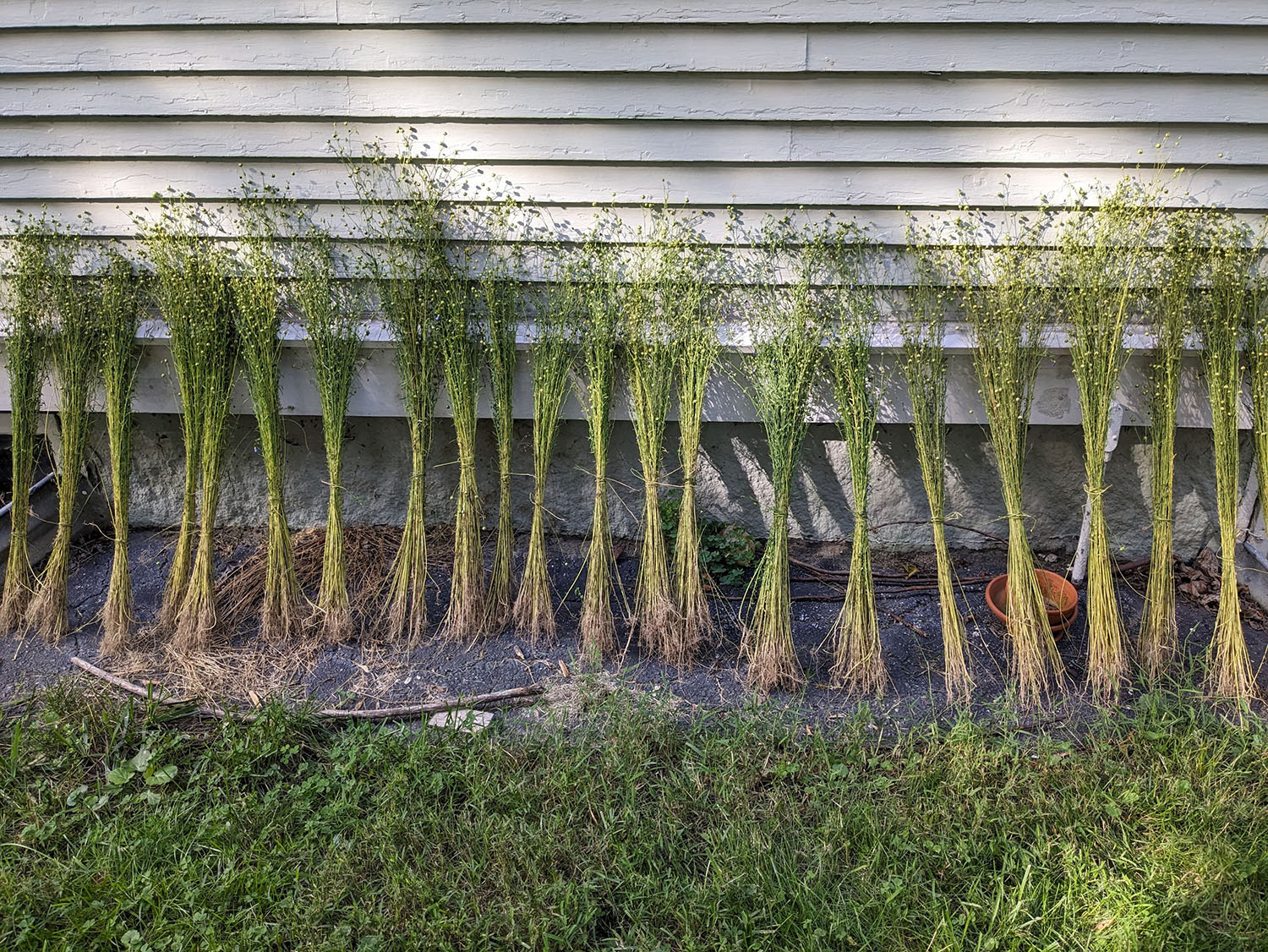

While it’s not the most efficient or practical way to grow flax, I generally do my flax growing in community gardens near my studio in Barre City. Doing this work in a public context means that I have the opportunity to grow fiber and color-producing plants with my neighbors in a walkable downtown and engage neighbours in flax culture. The space I’m growing in this year is adjacent to a historic cemetery and I get visitors from all walks of life stopping by to ask what I’m growing. It’s been a great opportunity to hear flax and textile stories from other Vermonters. It doesn’t take long for someone to mention some kind of connection to weaving, spinning or dye traditions in their family or childhood memories.
The work I’ll be doing with Green Mountain Linen this year will bring the dye process into our flax work, with a special focus on indigo. Last year, the linens GML introduced incorporated indigo-dyed threads in their design. I’ll be working with indigo in my own linen weavings and exploring indigo practices and potential within our GML artist cohorts here at our South Royalton and East Barnard sites.
